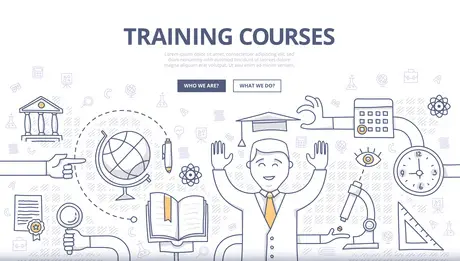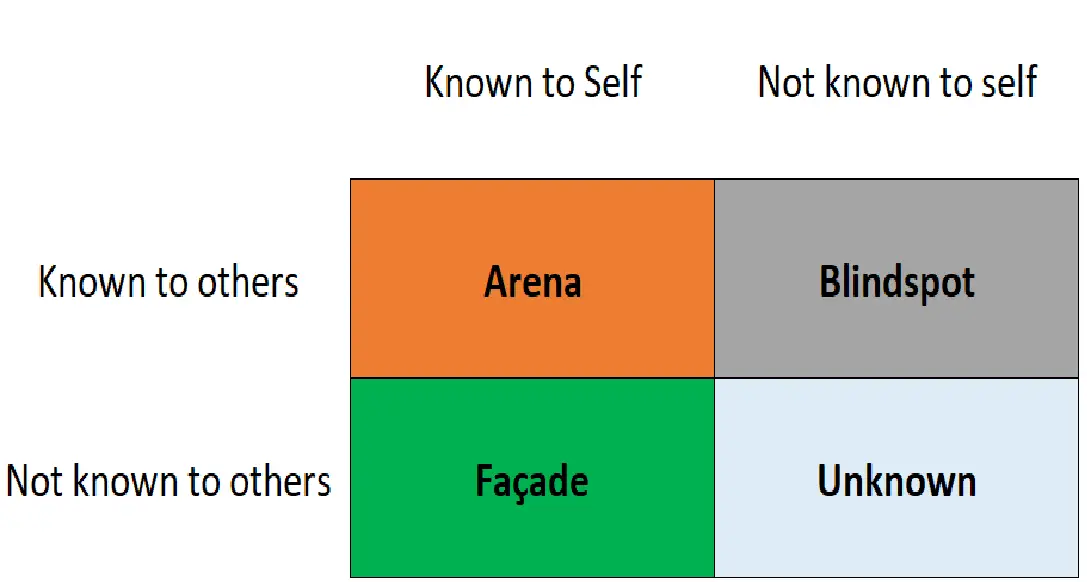Every manager and trainer encounters the ROI dilemma in the training world at one point or another. Many organizations find it difficult to manage an effective training system, that is to say with certainty that results in a short, medium and long term learning and implementation process

A unique training model 70-20-10
When you find out that thery are not using what you have trained...
About 13 years ago, I was an employee of a large organization and began giving trainings to managers, service and sales people. During the tutorials, I noticed a problem that kept coming back after each course and training process I built. The gaps between what was taught in the course and what actually happened were abysmal. As a result, I felt very frustrated. There is nothing like the feeling of pride at the end of a training process where the trainee seem to be pleased with you and the materials you have delivered. This sense of satisfaction stays with you for a long time, until you meet the people in their "real" work on the ground and find that they simply chose to ignore everything you taught them.
"Why don't you use what you learned in the course?" I asked one of the sales reps I saw at the Focus group we had about a month after the course. "My manager gave me a different technique and told me that's what actually works. The manager explained to me that the course is a theory and in the field things work a little differently ...".
At first, I didn't agree to it. What a privilege this manager has to completely contradict everything I teach in the course. I was furious and decided to take this manager for a close conversation. I was sure of my justice and the righteousness of my road.
It took me about 10 minutes to completely lose confidence in the righteousness of my way. And how did this happen you ask? Very simply, I asked 2 other sales reps who went to another manager and they both answered the same answer. At first I was angry with all the managers and wanted to have an urgent meeting with the department manager to stop the "crooked" process going on. But then I realized that the problem was the training method.
How did i managed to fix the training?
And what is the same problem? It is not a single problem, but a number of problems, of which the centrality is the training method and the coordination between the field and the theory. After stopping to think a little, remembering that I was a manager at the same company, I used to teach different methods myself because the training was very theoretical to my taste and did not fit the standards in my team. After a thought process and consultation with the managers in the department, we came to a common (and obvious) conclusion that something must change. I turned to professional literature and consulted with colleagues in the training world who recommended on-the-job training, training where the field is the basis and the most important part of the process. After reading a large number of materials on the subject, I recognized that the 70:20:10 method of training and the technique that accompanies me to this day.
What is the 70:20:10 Training Method?
This method was invented in the 1980s by a number of researchers who worked at the Leadership Center in Greensboro, USA.
70% - The hands-on experience accounts for 70% of the learning process. This is the most important part which provides the learning experience, application and absorption of the highest level learning processes. In the 70%, you apply learners with tasks related to their real job, colleagues, work managers, managers and work interfaces meet and learn in real time how work should actually be done. In the field, they see meetings, decision-making processes and work in a personal setting of their colleagues.
20% - learning from others. Through a wide range of activities that including social learning, interaction, and personal mentoring with the mentor. Trainees learn theoretical parts of the work such as: work processes, agenda, etc.
10% - Traditional learning such as: classroom lessons, guidebook, academic lessons, etc.
All is well that ends well
Remember the problem I told you at the beginning of the article? After months of assimilation and change to work according to the model, the training system improved wonders. How do I know? When I asked the sales representatives what techniques they were using, they immediately replied to me: "What do you mean? What you taught us in the course." "And it works?" I asked them. "I heard my manager apply the same technique and make a sale in front of me. Obviously it works."
Since then I have been able to use the model in many other organizations and companies and it has never disappointed me.





